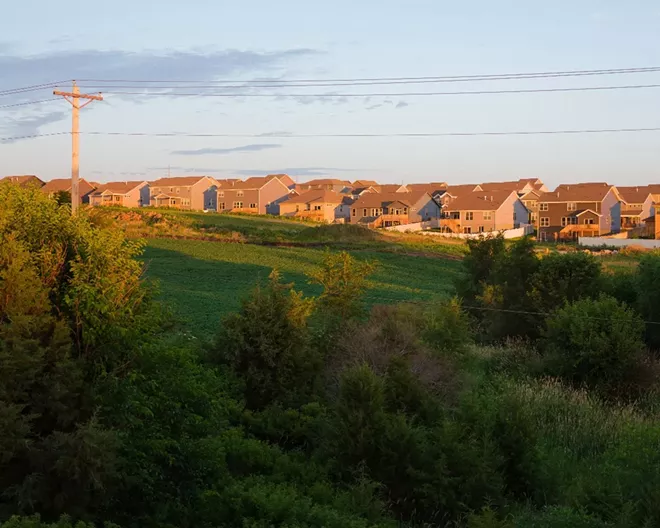
By Trip Gabriel
The New York Times
Pursuing a bipartisan infrastructure deal and trumpeting a revived economy and progress against the pandemic, President Joe Biden is trying to persuade the nation that Democrats are the party that gets things done. His message is aimed at holding on to a set of voters in next year’s midterms who could determine the fate of his agenda: suburbanites who abandoned former President Donald Trump in droves.
More than any other group, those independent-minded voters put Biden in the White House. Whether they remain in the Democratic coalition is the most urgent question facing the party as it tries to keep its razor-thin advantage in the House and the Senate next year.
Biden made his pitch again Friday when he signed an executive order intended to protect consumers from the anti-competitive practices of large businesses.
But Republicans are also going to war for suburban votes. The party is painting the six-month-old Biden administration as a failure, one that has lost control of the Southwestern border, is presiding over soaring crime rates and rising prices, and is on the wrong side of a culture clash over how schools teach the history of racism in America.
Whoever wins this messaging battle will have the power to determine the outcome of the rest of Biden’s term, setting the stage for either two more years of Democrats driving their policies forward or a new period of gridlock in a divided Washington.
Biden won 54% of voters from the country’s suburbs last year, enough to overcome Trump’s expansion of his own margins in rural and urban areas, according to new data from the Pew Research Center.
The Pew data also showed that Biden failed to increase his share of the Democratic base from 2016, including among young people and voters of color. It found, however, that his support surged among independents, veterans and married men.
In 2022, Democrats will need to count on more than the revolt of suburbia against Trump’s norm-smashing presidency to motivate their voters.
The limits of the anti-Trump vote were already glimpsed last year, when half of the 14 House seats that Democrats lost, to their shock, were in suburban or exurban districts. The party also failed to defeat vulnerable Republicans in districts Biden won.
This article originally appeared in The New York Times.














